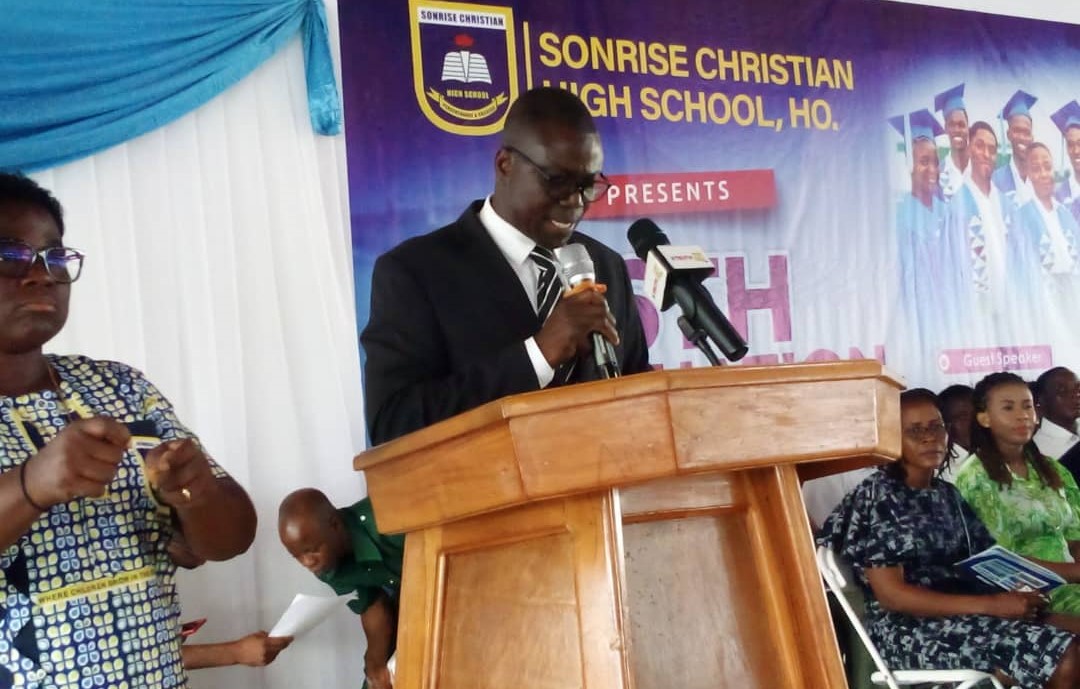- Southwest Airlines raises summer revenue forecast, authorizes $2.5 billion in share buyback
- China's Xi and top leaders call for halting real estate decline, responding to public concerns
- Google venture arm backs startup aiming to bring mixed reality to any car windshield or plane cockpit
- David Tepper says the Fed has to cut rates at least two or three more times to keep credibility
- Swiss central bank cuts rates by a quarter point in third trim this year
What do you believe is the single most important factor driving up the cost of living in Nigeria?

Vintage museum collection and modern research intersect in century-long bee study
At a tranquil nature reserve in South Michigan, an Agricultural Research Service (ARS) scientist and her collaborators connected olden wild bee sample collections and modern technology to better decode the ecological traits and habits of pollinators, critical links to environmental stability.
Kelsey Graham, an ARS Pollinating Insect Research Unit scientist, co-led the collaborative, intensive wild bee study at the University of Michigan's E.S. George Reserve with a sampling period covering 1921 to 2018, which in tandem with advanced computer analyses, revealed long-term bee population trends that may hold the keys to new and enhanced conservation approaches.
"These studies point to clear indicators of an urgent need for diligent and consistent conservation efforts to protect bee diversity, which is crucial for our ecosystem health, human health and agricultural productivity," Graham said.
"In 1972 and 1973, the late zoologist Francis C. Evans detected 135 bee species, compared to our recent surveys in 2017 and 2018, which recorded only 90 species, with just 58 species present in both sampling periods," Graham noted. "These samplings indicate a substantial shift in the bee community composition."

- September 26, 2024
Manganese cathodes could boost lithium-ion batteries



- September 26, 2024
NASA analysis shows irreversible sea level rise for Pacific islands

- September 26, 2024
An edible toothpaste-based transistor


- September 26, 2024
Strategies for maximizing recombinant protein production in tobacco plants

- September 26, 2024
Tools for simplifying startup operations



- September 26, 2024
Bubbling up: Uncovering melt pool dynamics in metal manufacturing
Subscribe to our mailing list to get the new updates!

Subscribe our newsletter to stay updated
Thank you for subscribing!



